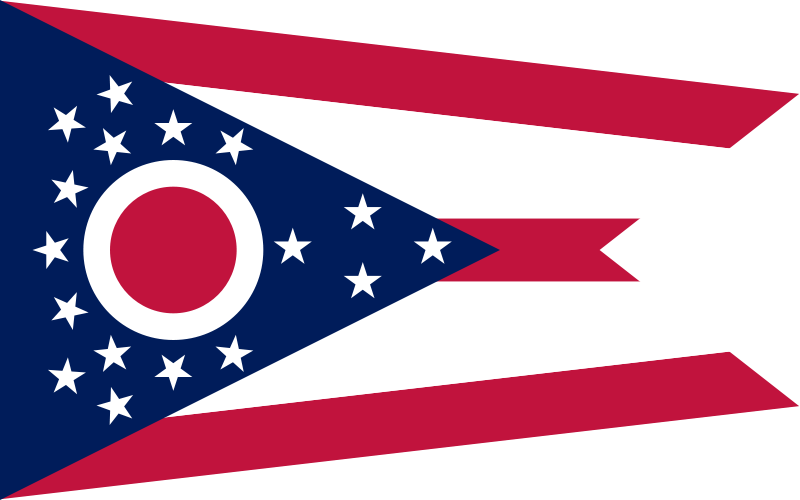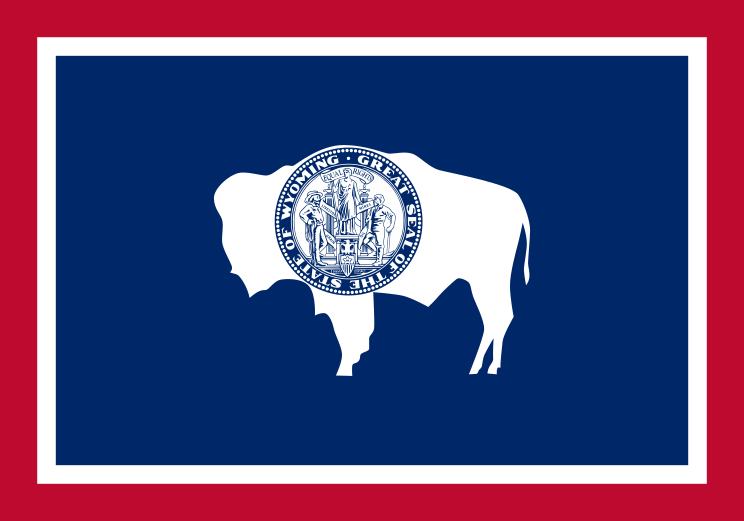as is usual, i am quite behind in blog posts (i still haven't put up anything from the Southeast Asia tour a year ago), so in a vain effort to catch up, i'm going all the way back to the end of July to post these pictures from our big trip to Kyoto. we had a week off but not much money, so instead of taking the shinkansen (bullet train), we decided to save ourselves several hundred dollars and ride the bike. it worked--that is to say, we still had money for food when we got there--but it took almost six hours in the saddle to go less than 150Km (about 90 miles). and Jill was carrying one of our huge backpacks loaded with stuff for both of us for the week, not a happy start to the trip.
anyway, we got there and the bike did very well on its first big outing, and then the fun began. it really seems that if you only go to one place in Japan, it should be Kyoto. back in the late eighth century, at right around the time Buddhism was becoming a great force and winning the minds of the emperors, Kyoto was the imperial capital and so was built up with all manner of very spectacular temples and shrines. there is one (that we somehow missed) that is entirely leafed in gold and is aptly named the "golden pavilion temple". we did make it to the silver temple, but how that one came about its name is still something of a mystery. Japan tends not to mix its religions quite as much Taiwan does, so temples, which are Buddhist, and shrines, which are Shinto, are quite different affairs, and all are somewhat less ornate and lively looking than Taiwanese offerings. Shinto shrines are quite easy to spot as they are almost always equipped with a number of o-torii, or very big gates, like those i'm pictured standing beneath here:
anyway, we got there and the bike did very well on its first big outing, and then the fun began. it really seems that if you only go to one place in Japan, it should be Kyoto. back in the late eighth century, at right around the time Buddhism was becoming a great force and winning the minds of the emperors, Kyoto was the imperial capital and so was built up with all manner of very spectacular temples and shrines. there is one (that we somehow missed) that is entirely leafed in gold and is aptly named the "golden pavilion temple". we did make it to the silver temple, but how that one came about its name is still something of a mystery. Japan tends not to mix its religions quite as much Taiwan does, so temples, which are Buddhist, and shrines, which are Shinto, are quite different affairs, and all are somewhat less ornate and lively looking than Taiwanese offerings. Shinto shrines are quite easy to spot as they are almost always equipped with a number of o-torii, or very big gates, like those i'm pictured standing beneath here:

doing my best impression of Sayuri at the Fushimi Inari Taisha shrine.
these ones are actually at the Fushimi Inari Taisha shrine a short way south of Kyoto. if you have seen the movie Memoirs of a Geisha (which was released here as Sayuri), you will recognize this tunnel of o-torii as one of the ones the young main character runs through near the beginning. indeed, we understand that this part of the movie was actually filmed at Fushimi Inari; many of the gates do look fairly recently painted. though there are fewer of them, the o-torii at the impressive Heian shrine, pictured below, are much bigger. this shrine is well visited and well maintained, though i'm still not sure what all the sake barrels at this and every other shrine are for.
the imposing Heian-ji, and a small sampling of its liquor, which i can only assume is kept for when the Shinto priests feel like cutting loose on a weekend. or for the souls of departed ancestors or something.

the one thing i can say about Shinto is that they don't seem to charge you to see any of their stuff, which is to say that all to often the Buddhists here (as opposed to in Taiwan) are looking to make a quick yen--or several hundred of them. we went down to Nara, which was the capital from 710 to 794, just before Kyoto was. there sits the largest seated Buddha in Japan, housed in a quite special (and would have been very old, if it hadn't burned down several times) wooden building--for entrance to which you must pay ¥500. even though Jill and i have seen more Buddhas than you can shake a very large stick at, i guess we're suckers for claims of superiority (which, strangely, all the Buddhas seem to make in one area or another...) so we went in and saw... a very large Buddha:

the very big Daibutsuden in the very old city of Nara, and the extremely old buildings of Horyu-ji, just outside Nara.

at a site just South of Nara sits another large temple complex, which is said to have the oldest wood buildings in all Japan, dating to the early 700s. the temple is called Horyu-ji, and was probably not worth the drive, since it was really hot and they're a bunch of, well, buildings that look like many others. you can't tell they're old, and they want money to see the really good ones, but i guess they should be congratulated on having saved some structures from fire for so long.
we had hoped to see another great temple up on Mount Hiei, to the Northeast of town. Enryaku-ji, as it is called, is famed for being home to the "marathon monks", who train for spiritual enlightenment by running some absurd distance every day for so many years. we didn't see them, or the temple either, because after having paid about 30 bucks apiece to take the tram and cable car up the mountain, we found that there was a road that we could have ridden up and still another bus to take to the temple, so we somewhat angrily bagged the whole thing and went for pictures of the view instead. which was quite good, on an uncharacteristically somewhat clear day.

the view from the top of Hiei-san: Kyoto.
the large wooded area just visible in the centerish of town is the imperial palace, which we toured with mild interest at some point during the week. probably not visible at all is the Daitoku-ji temple complex, which is home to a small, but quite attractive zen-style garden, of which Jill surreptitiously took this and a couple more pictures:

a lone figure about to achieve zen at Daitoku-ji.
one of the other attractions of Kyoto is that it is home to the famous Gion district, noted for its Geisha. Jill had heard that you could be made up like one, so we found a studio and hey presto--two hours of me wandering around small alleyways later, they were done packing her in makeup and ninety layers of clothes and i got to take a brief walk with what may be the tallest Geisha Kyoto has ever known.

my very tall Geisha friend and i, and me waiting for Captain Kirk to beam me up.

as for me, i settle for simpler pleasures, like playing around under installation art at the ultra-modern Kyoto train station. oh and eating, of course. while in Kyoto i found some of the scariest food ever at a small festival market we stumbled across, but we also found our favorite restaurant yet in Japan, maybe the world! it's called Kushya and it specializes in yakitori, or small pieces of various food skewered and cooked over live coals. Kushya has a cool atmosphere, and is on a very hidden side street so the guys cooking were very entertained by our being there, especially the second time when we went back. the food was delicious, everything from chicken gizzards to bacon-wrapped asparagus, and even a new favorite: natto and fried cheese on a stick. even though natto, or partially fermented soybeans, is quite nasty and to be avoided (even by the Japanese, it having been about the only thing that was available to eat after the war), the combination was not at all bad, and we ordered them the second time we went. no doubt we will do so again if we go back to Kyoto, which was worth the ride, even on the way home.

festival food: scary, delicious, or both? Kushya food: definitely delicious.


























































1 comment:
I like it, Ball...
Post a Comment